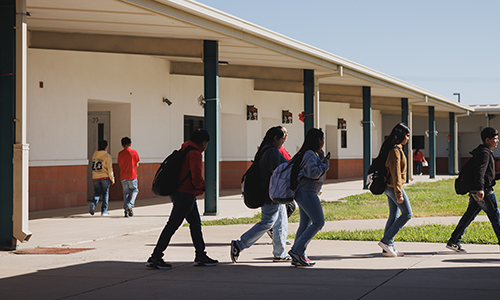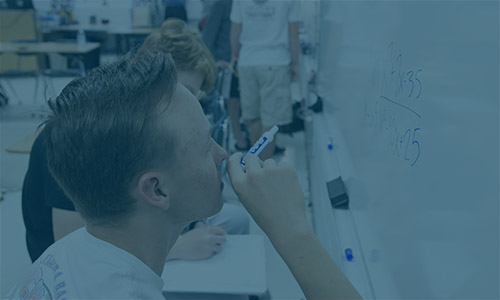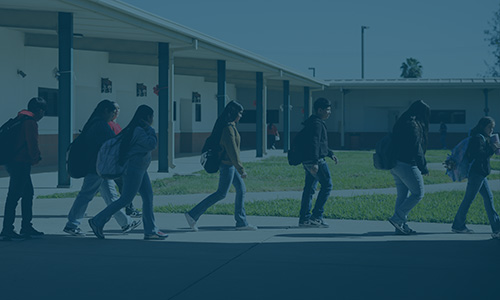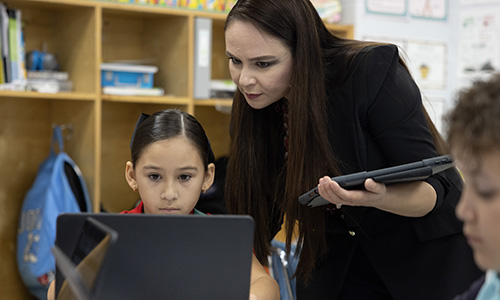Journal article
A longitudinal study of reading growth for students with visual impairments
March 2017
Journal on Technology and Persons with Disabilities 5, 158-171.

Abstract
Little is known about growth in reading for students with visual impairments. Understanding reading development for students with visual impairments as they progress through school provides expectations for academic growth and informs instructional practices. Using data from Northwest Evaluation Association’s Measures of Academic Progress assessment, reading achievement was analyzed from 224 students with visual impairments in grades 3 – 10, in four states over an eight-year time period. Reading growth for students with visual impairments were compared with a nationally normed group of students from the general population. Findings indicate students with visual impairments initial performance in reading achievement in third grade is lower than the national norm. While this population’s growth trajectories in reading are trending upward at a steady pace, the gap between students with visual impairments and the national norm is wide. However, the initial review of the data suggests that the rate of growth for students with visual impairments is greater. In particular, the results indicate accelerated growth between 9th and 10th grade, whereas students at the same grade level in the nationally normed group tend to drop in reading growth at this time. Study limitations and recommendations for future research are discussed.
See MoreThis article was published outside of NWEA. The full text can be found at the link above.
Topics: Equity, Accessibility, Reading & language arts








